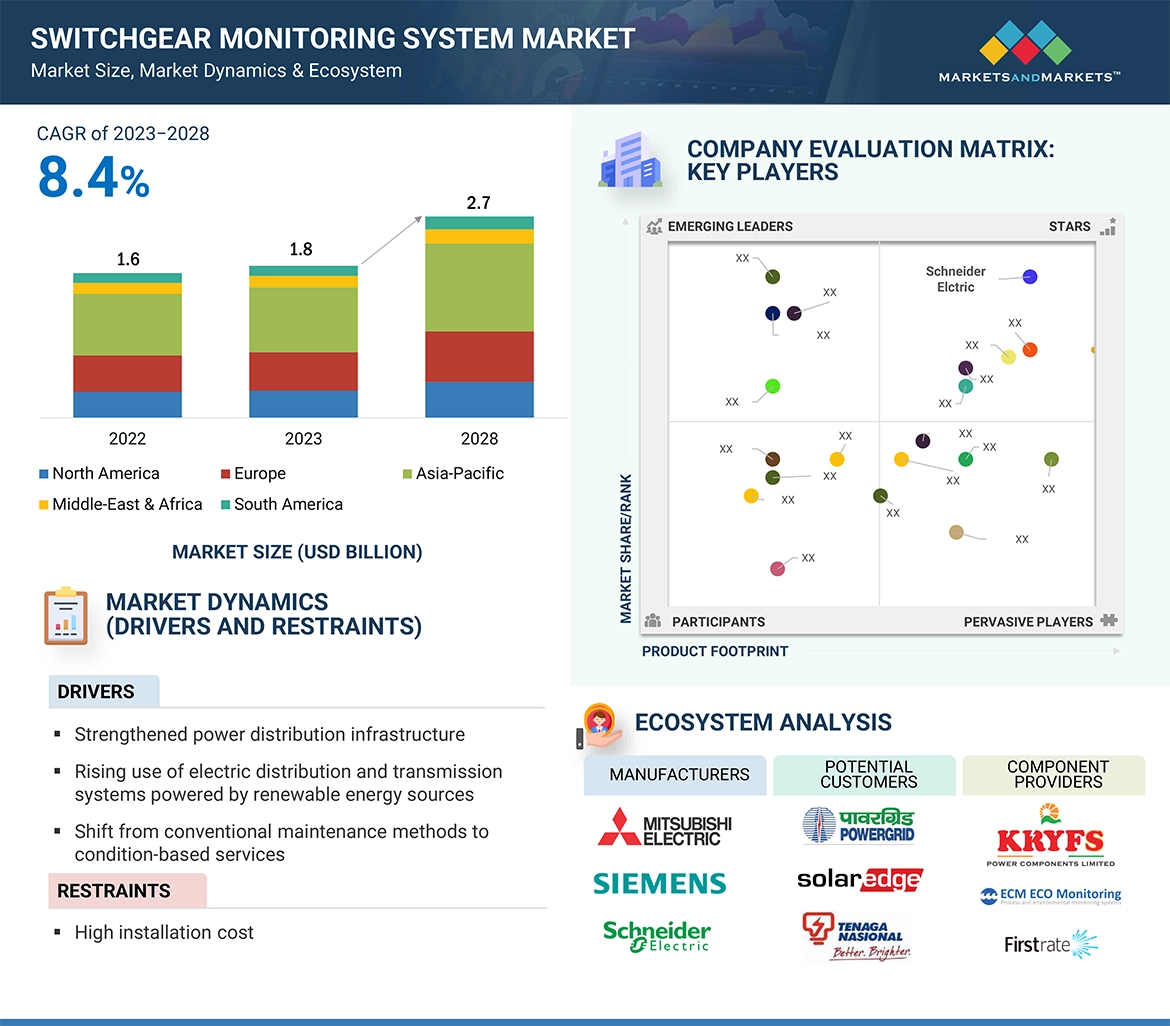The global Hydrogen Automotive TIC Market is projected to grow from estimated USD 18.3 million in 2024 to USD 35.8 million by 2030, at a CAGR of 11.8% during the forecast period. The market is driven by the increasing commercialization of hydrogen technologies, growing focus on lifecycle risk assessment, and the emergence of hydrogen as a key energy carrier for future energy systems. The shift toward decentralized energy solutions and integrating hydrogen with renewable energy sources is prompting the need for robust certification and compliance services. Additionally, expanding international collaborations, growing investor interest, and developing hydrogen-powered industrial clusters boost demand for reliable testing, inspection, and certification to ensure the safety, efficiency, and long-term viability of hydrogen applications.
Download PDF Brochure: https://www.marketsandmarkets.com/pdfdownloadNew.asp?id=111635481
Testing, by service
The testing segment is expected to witness the highest CAGR in the Hydrogen Automotive Testing, Inspection, and Certification (TIC) Market due to the increasing need to validate the performance, safety, and reliability of hydrogen components and systems. With the growing deployment of hydrogen in mobility, energy, and industrial applications, rigorous testing is essential for high-pressure storage, fuel cells, pipelines, and refueling infrastructure. Advancements in hydrogen technology, evolving regulatory frameworks, and heightened safety concerns are further driving demand for specialized testing services. Additionally, manufacturers seek third-party validation to ensure global compliance and market acceptance of hydrogen solutions.
Light commercial vehicles, by vehicle type
Light commercial vehicles (LCVs) are expected to grow at the highest CAGR in the Hydrogen Automotive TIC Market due to their rising adoption in last-mile delivery, urban logistics, and fleet operations seeking zero-emission alternatives. Hydrogen-powered LCVs offer fast refueling and extended range, making them ideal for high-utilization transport needs. Government incentives, stricter emission norms, and corporate sustainability goals accelerate the shift toward hydrogen LCVs. This surge drives demand for TIC services to ensure vehicle safety, component durability, and regulatory compliance, supporting the segment’s rapid growth in the coming years.
Regional Analysis
Europe is projected to be the fastest-growing region in the hydrogen automotive TIC market share, driven by strong regulatory support, ambitious decarbonization goals, and substantial investments in hydrogen mobility. The European Union’s Green Deal and Hydrogen Strategy have accelerated the development of fuel cell vehicles and refueling infrastructure. Countries like Germany, France, and the Netherlands lead large-scale pilot programs and public-private collaborations. Additionally, the presence of major automotive OEMs and stringent safety standards is boosting the need for TIC services to ensure reliability, compliance, and efficiency across the hydrogen vehicle ecosystem.
Key Players
Some of the major players in the Hydrogen Automotive Testing, Inspection, and Certification (TIC) Market are TÜV SÜD (Germany), UL LLC (US), Applus+ (Spain), TÜV Rheinland (Germany), Kiwa (Netherlands), Intertek Group plc (UK), DEKRA IN (Germany), Société Générale de Surveillance (SGS) SA (Switzerland), Southwest Research Institute (SwRI) (US), and Apave (France). The major strategies these players adopt include acquisitions, sales contracts, product launches, agreements, alliances, partnerships, and expansions.
Request Sample Pages: https://www.marketsandmarkets.com/requestsampleNew.asp?id=111635481
TÜV SÜD
TÜV SÜD is the trusted partner of choice for safety, security, and sustainability solutions. TÜV SÜD focuses on managing technological risks and enabling progress, emphasizing sustainability and digitalization. Its services range from testing and certification to technical advisory, serving various industries to ensure safety and regulatory compliance. TÜV SÜD has a presence in Europe (comprises the home market of Germany as well as Western Europe and Central & Eastern Europe), Americas (covers both American continents, from Canada to the southern tip of South America), and Asia (combines all the countries of the Asia Pacific and South Asian area as well as the Middle East & Africa).
UL LLC
UL LLC is a global safety science leader that provides independent TIC services and related software and advisory (“S&A”) offerings to customers worldwide. The company serves its customers through two complementary businesses: TIC and S&A. Its TIC business comprises two segments, Industrial and Consumer, which provide comprehensive TIC services to customers across a broad array of end markets.
Its S&A business is a global provider of software, data, and advisory solutions, enabling its customers to manage complex regulatory requirements, deliver supply chain transparency, and operationalize sustainability. In addition, UL LLC has a presence in the US, China, Asia Pacific, Europe, the Middle East & Africa, and Other Americas.
Applus+
Applus+ provides testing, consulting, inspection, and certification services. The company offers quality control and accreditation services, project management, supplier and facility inspection, asset certification, and integrity services for the energy and industry sectors. It offers automotive inspection, vehicle condition, emission, engineering and registration inspection, homologation and product certification, structural, materials, fire and environmental testing solutions. Also, under its automotive business, it operates Applus+ IDIADA, which offers a wide range of services focused on the design, vehicle development, and testing for the automotive segment.
For more information, Inquire Now!




